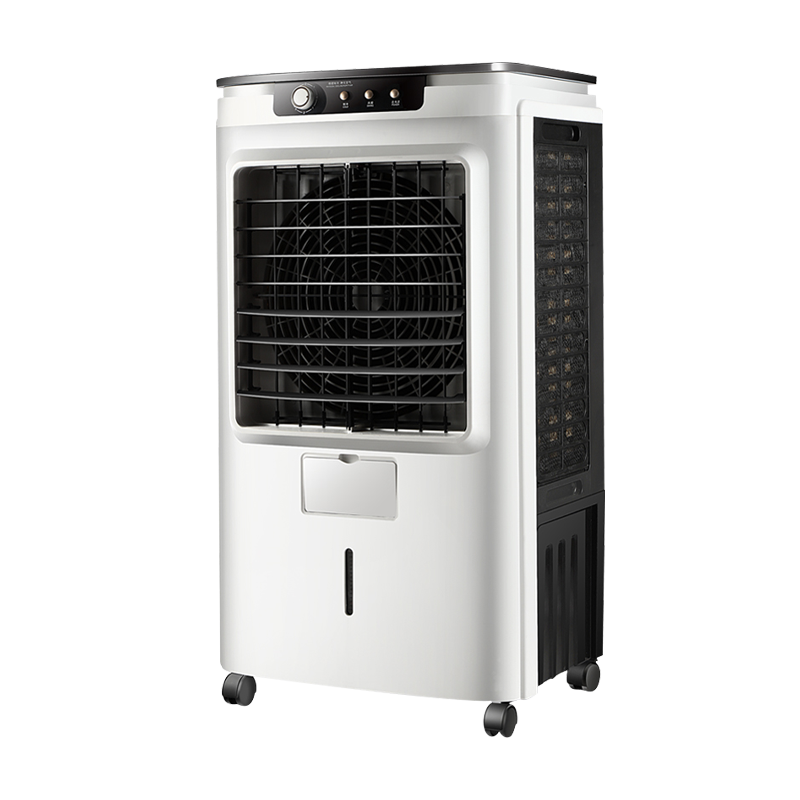In the hot summer, efficient evaporative cooling systems are key to maintaining suitable temperatures in many industrial, agricultural, and commercial applications. As a core component of the system, the performance of the evaporative cooling pad directly determines cooling efficiency and energy consumption.
Content
Understanding How Evaporative Cooling Pads Work
Evaporative Cooling Pads are typically made of special pulp or fiber materials and lower air temperature through the principle of water evaporation and heat absorption. When water flows over the cooling pad, dry, hot air passes through the damp pad; the water molecules evaporate, carrying away heat and producing cool air.
Key Factors for Evaluating Cooling Pad Performance
To determine which Evaporative Cooling Pad is best, it needs to be evaluated based on the following four key performance indicators:
Evaporation Efficiency:
This refers to the cooling pad's ability to convert water into vapor and cool the air. Higher evaporation efficiency results in better cooling and lower energy consumption. It is the primary indicator for measuring cooling pad performance.
Pressure Drop:
This refers to the pressure lost when air flows over the cooling pad. An ideal cooling pad should have a low pressure drop, as a lower pressure drop requires less power from the fan to move the air, effectively reducing system energy consumption.
Material and Durability:
The raw materials of the cooling pad (such as high-quality kraft paper or fiberglass) and its resistance to corrosion and algae directly determine its lifespan and maintenance frequency. Choosing durable, corrosion-resistant materials is crucial.
Thickness and Corrugation Angle:
Common specifications of cooling pads (such as 50/90 or 70/90 corrugation angles) and thickness (such as 100mm, 150mm) affect their surface area, thus balancing evaporation efficiency and pressure drop. Appropriate specifications are usually selected based on the specific application environment.
Common Types of High-Quality Cooling Pads
In various applications, the following high-quality evaporative cooling pads are widely used:
Highly Absorbent Kraft Paper Cooling Pads (Cellulose Pads):
This is the most common and cost-effective type. High-quality kraft paper pads are usually treated with special resin impregnation, resulting in high wet strength and corrosion resistance. They excel in agriculture (such as greenhouses and livestock farms) and large industrial plants, providing superior evaporation efficiency.
Fiberglass/Synthetic Fiber Cooling Pads:
While less common than kraft paper pads, they may be favored in certain specialized industrial applications due to their superior durability or chemical resistance.
Cooling Pads in Different Thicknesses/Corrugations:
150mm Thickness: Offers excellent evaporation performance, suitable for areas requiring maximum cooling.
100mm Thickness: Balances evaporation efficiency and low pressure drop, ideal for many general-purpose ventilation cooling systems.
Selection and Maintenance Recommendations
To find the best Evaporative Cooling Pad for your system, consider the following recommendations:
Match System Requirements:
The dimensions (height, width, thickness) of the cooling pad must perfectly match the frame of your evaporative cooler or wet curtain wall to ensure airflow does not bypass the wet curtain.
Focus on Brand and Quality:
Reputable evaporative cooling pad manufacturers employ patented cross-linking technology and antibacterial treatments to ensure stable pad structure, resistance to deformation, and effective inhibition of algae and bacteria growth, thereby extending lifespan and maintaining high evaporation efficiency.
Regular Maintenance:
Even the best evaporative cooling pads require regular cleaning to remove scale and mineral deposits. Maintaining clean water (using softened water or adding water treatment agents regularly) is crucial for sustaining their performance. Replacement should be considered if the evaporative cooling pad surface becomes severely clogged, collapsed, or develops an odor.
Which Evaporative Cooling Pad is Best?
For most applications requiring high efficiency and cost-effectiveness, high-quality, resin-impregnated kraft paper cooling pads are the preferred choice. The appropriate thickness and material should be determined based on the required evaporation efficiency, permissible pressure drop, and the severity of the application. With proper selection and maintenance, your evaporative cooling system will provide a consistently cool and comfortable environment over the long term.
 English
English 中文简体
中文简体 عربى
عربى Tiếng Việt
Tiếng Việt



 CONTACT US
CONTACT US